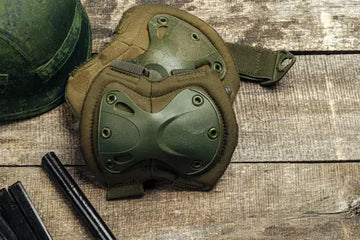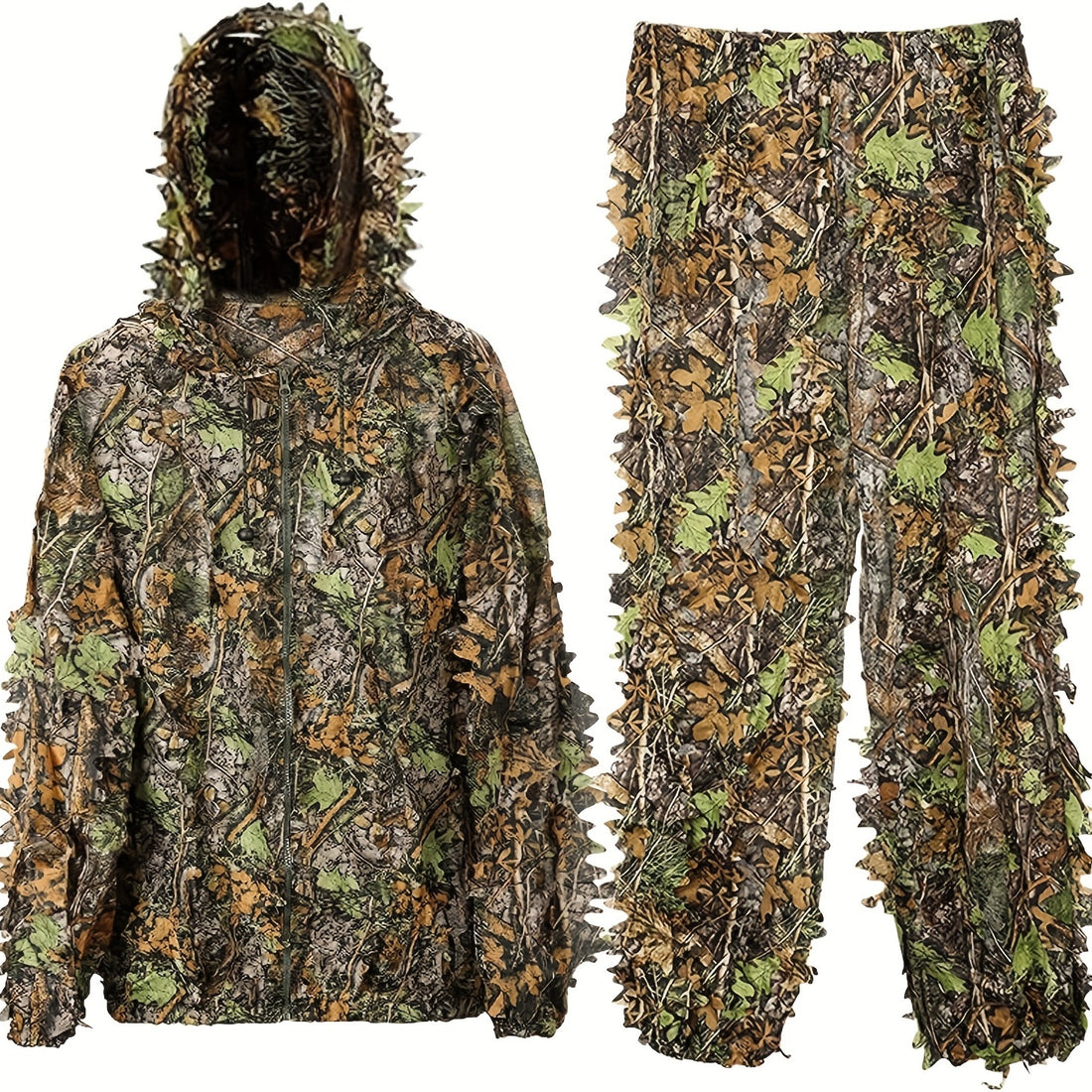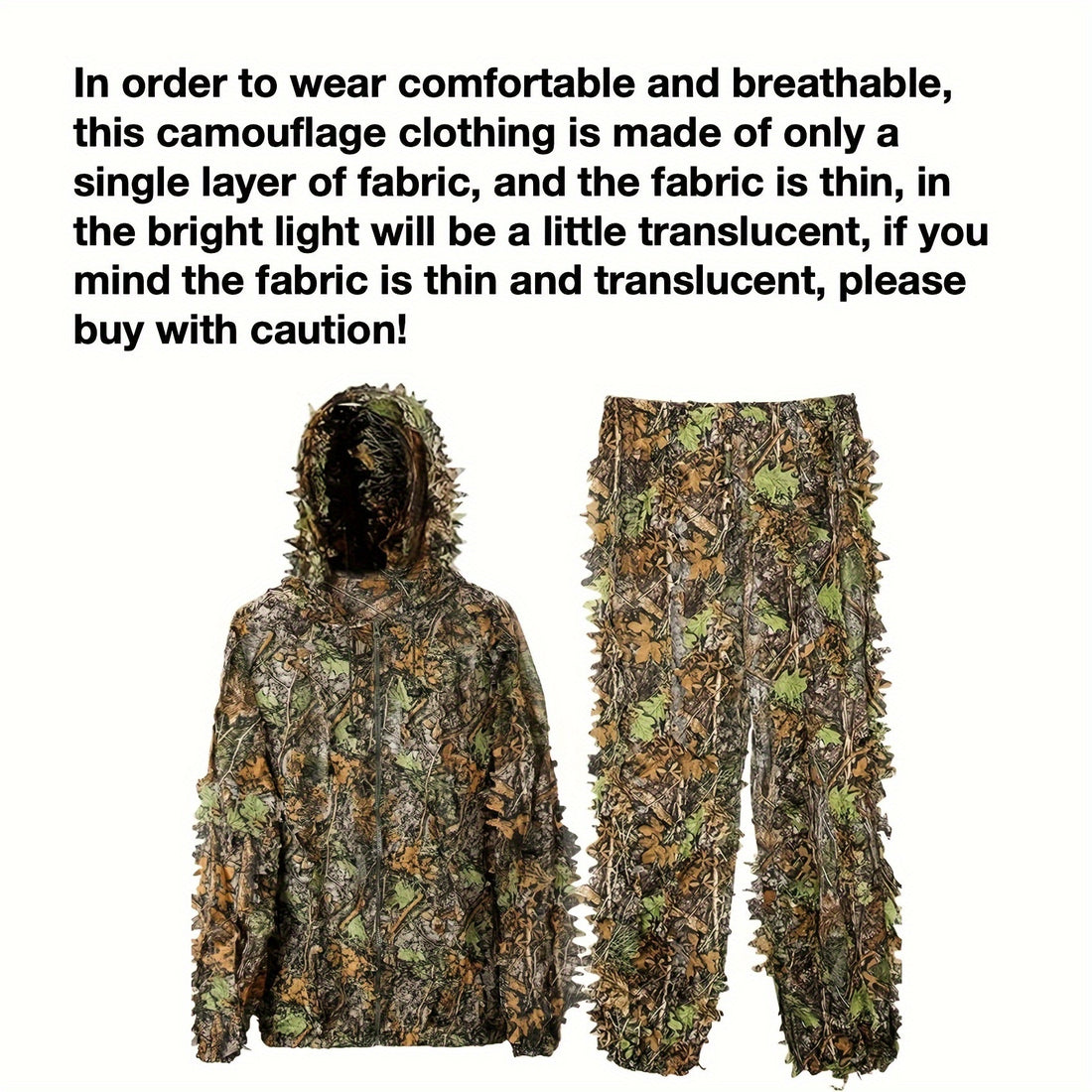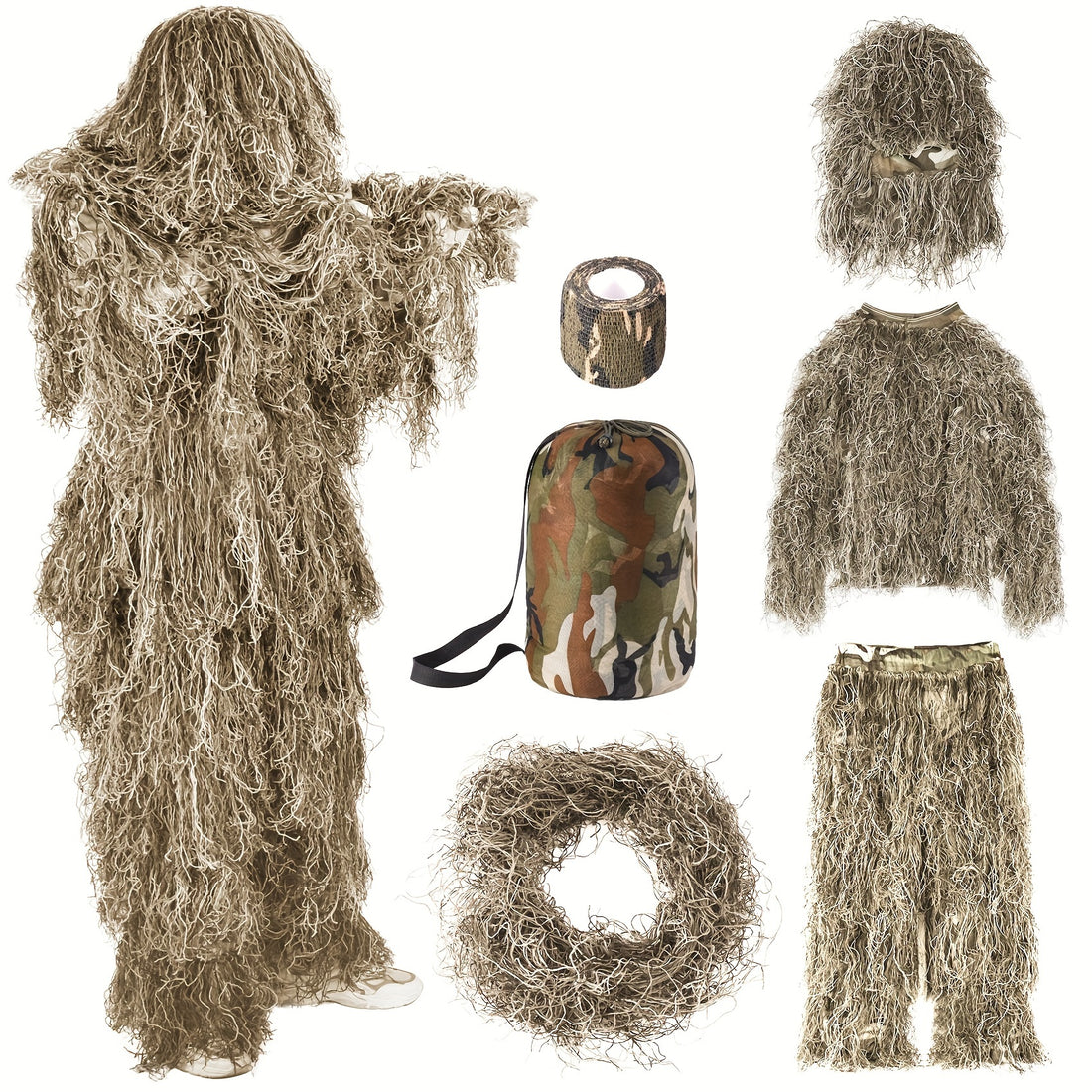A tactical backpack is defined as much by its carrying system as it is by its storage capacity. The straps form the main connection between you and your gear, helping to balance weight and reduce strain. Proper use can make a heavy pack feel more stable and easier to handle.
This guide covers the role of each strap and offers steps to adjust them for a secure fit. It's useful for hikes, fieldwork, or daily tasks.
The Core Backpack Straps and Their Functions
Tactical backpacks use a strap system to distribute weight evenly across your body, making long-term carrying more comfortable.
- Shoulder Straps: These are the primary contact points. High-quality shoulder straps are generously padded and often contoured to fit the shape of your body. Their job is to transfer the pack's weight to your shoulders and torso. Adjustable lengths help fit different body types and clothing layers. In tactical use, they often include MOLLE webbing for attachments.
- Sternum Straps (Chest Straps): These straps connect the two shoulder straps across your chest. They prevent the shoulder straps from slipping off and stabilize the pack, especially when you’re moving quickly. Adjustable sternum straps allow you to position it at the height that works best for your anatomy.
- Waist Strap (Hip Belt): Key for loads over 20 pounds. Your hips and glutes are the most powerful muscles in your body, designed to carry weight. A padded hip belt transfers the majority of the pack's weight from your shoulders to your hips. This reduces fatigue and strain on your upper body, making it possible to carry heavier loads for longer distances. For it to work correctly, it must sit on top of your hip bones, not around your waist. Padded versions with pockets add utility for tools or essentials.
- Compression Straps: Typically found on the sides and bottom of the pack, these straps serve two purposes. First, they compress the load, stabilizing the contents and preventing them from shifting, which improves balance. Second, they can be used to secure bulky items like a jacket or sleeping pad to the outside of the pack.
- Load Lifters: These are smaller straps that connect the top of the shoulder straps to the frame of the pack, near your collarbone. When tightened, they pull the top of the backpack closer to your body. This simple adjustment brings the load's center of gravity in line with your own, preventing the pack from pulling you backward and reducing shoulder pressure.

Shop our tactical backpacks
How to Properly Adjust Your Backpack Straps
Follow this step-by-step process to achieve a balanced and comfortable fit. It's best to do this with some weight in the pack.
- Loosen All Straps: Start with all straps (shoulder, hip belt, load lifters) fully loosened.
- Put the Backpack On: Slip the backpack onto your shoulders.
- Secure the Hip Belt: Fasten the hip belt first. It should sit snugly on top of your hip bones, taking the primary weight of the pack.
- Adjust the Shoulder Straps: Tighten the shoulder straps until they feel snug against your body, but remember—the hip belt should still be bearing most of the weight. The straps should hold the pack close to you without gaps.
- Connect the Sternum Strap: Buckle the sternum strap and adjust it to a comfortable height across your chest. It should be tight enough to stabilize the straps but not so tight that it restricts your breathing.
- Tighten the Load Lifters: Finally, pull the load lifter straps. You should feel the top of the pack pull inward toward you. A good rule of thumb is that these straps should form a 45-degree angle with the pack.
Materials and Construction in Backpack Straps: What to Look For
The durability of your straps depends on their materials and construction.
- Webbing: High-denier nylon webbing is the standard for tactical gear due to its exceptional strength and resistance to abrasion.
- Padding: Closed-cell foam padding is common because it provides cushioning without absorbing water and sweat like open-cell foams can.
- Mesh: Many straps feature a breathable mesh backing to improve airflow and reduce sweat buildup.
- Stitching: Look for reinforced, box-stitched seams at all critical stress points. This is a clear indicator of a well-built product designed for heavy use.

Addressing Common Strap Issues
- Chafing or Rubbing: This is often caused by an improper fit or a seam in your clothing. Ensure the straps are adjusted correctly so the pack isn't moving excessively. Wearing a moisture-wicking base layer can also help.
- Straps Keep Slipping: This is a sign that your sternum strap is too loose or not properly positioned. Tightening the sternum strap is usually the solution.
- Shoulders Feel Sore: If your shoulders are bearing too much weight, you likely need to tighten your hip belt to transfer more load to your hips. Re-visit the adjustment steps above.

Frequently Asked Questions
1. Can you replace damaged backpack straps?
Yes, on many quality backpacks, the straps are replaceable. Some manufacturers sell replacement parts, or a professional repair service can often fit new straps.
2. What are the D-rings on the straps for?
They are lightweight attachment points. You can use them with a carabiner to secure small items like gloves or a compass for quick access.
3. Is a hip belt necessary if I don't carry heavy loads?
For light, everyday carry, a hip belt may not be essential. However, for any load over 15-20 pounds or for extended wear, a hip belt significantly improves comfort and stability.
About us
As a manufacturer with over 15 years of experience, we engineer our tactical and outdoor backpacks with these principles in mind. Every strap, buckle, and stitch is chosen for its durability and functionality.
We offer stock packs on our Shopify store and provide comprehensive B2B services, including wholesale, customization, and OEM/ODM production for businesses seeking reliable gear.























